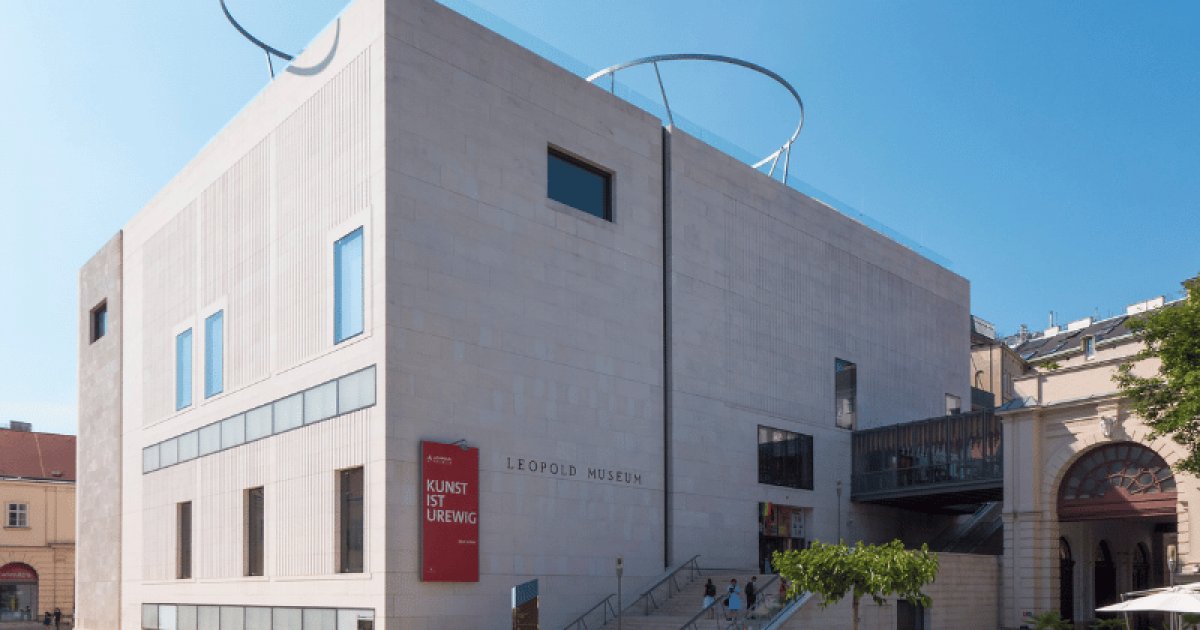MUSEUMSQUARTIER, Leopold Museum Presentation
 Language: English / USA
Language: English / USA
Dr. Rudolph Leopold, an esteemed Viennese physician, devoted himself with great passion and expertise to collecting works by artists belonging to the Viennese Secession movement, bringing together an impressive 5,000 pieces, including paintings, drawings and graphic works.
The museum, which opened in 2001, offers an unparalleled amount of Viennese avant-garde art, exquisitely displayed in an inviting, effective layout.
Along with a number of important works by Klimt, Kokoshka, Kolo Moser and other leading artists, the Leopold Museum focuses particularly on the figure of Egon Schiele, a tormented and thrilling genius. "The ardent, impassioned nature of every person or object painted by Schiele has driven me to collect his works with absolute conviction", the founder of the museum wrote.
Schiele's works illustrate his intense human experience through drawings, watercolors and paintings from the period between his teenage years and 1918, the year of his dramatic death from Spanish flu. The death of the artist coincided with the demise of the Habsburg Empire, which was heavily defeated in World War I.
Interestingly, the German verb schielen means "to peer, to squint". The artist’s surname appears to have influenced his destiny, because Schiele’s gaze is a key feature of his art, which does not stop at superficial appearance, but digs deep.
His dry, dramatic and profoundly poetic art interprets how individual torment is intertwined with the fate of great empires, new nations, and entire peoples.
At the time when Sigmund Freud was delving into the depths of the psyche, Schiele was laying bare everything he saw: himself, women, the landscape. In search of a new form of expression, he sensed the signs of impending tragedy, but without falling into despondency, and indeed drawing from this sensation the impetus to rethink the meaning of art, open to new horizons.
Among the works in the Leopold Museum, especially interesting are a number of very intense self-portraits, drawings of female nudes, and the large Two Hermits, in which Schiele depicts himself together with his master and rival Gustav Klimt.
An interesting fact: The same white stone used for the Ring buildings was used in the construction of the Leopold Museum, with a view to preserving historical continuity despite the different, modern style.



